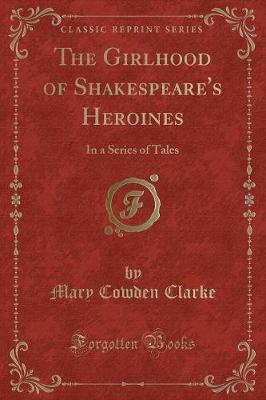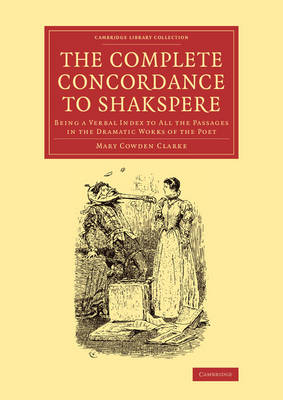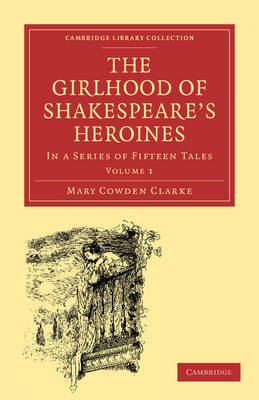Cambridge Library Collection - Shakespeare and Renaissance Drama
1 primary work • 3 total works
Volume 3
Mary Cowden Clarke (1809-98) was the daughter of the publisher Vincent Novello. She produced a complete concordance to Shakespeare's works in 1845, and her fascination with the plays led to her publishing in 1850 a series of imaginative accounts of the girlhood of some of his heroines. Her motive was 'to imagine the possible circumstances and influences of scene, event, and associate, surrounding the infant life of his heroines, which might have conduced to originate and foster those germs of character recognised in their maturity as by him developed; to conjecture what might have been the first imperfect dawnings of that which he has shown us in the meridian blaze of perfection'. These 'prequels' offer a back-story which is surprising in its subversive interpretation of the plays and especially of the role of the 'hero'. Volume 2 includes the stories of Ophelia and Juliet.
Daughter of the music publisher Vincent Novello, Mary Cowden Clarke (1809-98) grew up in London amid her father's literary and artistic circle. Charles and Mary Lamb were family friends, and their Tales from Shakespeare (1807) inspired the young Mary to become a scholar of the Bard. This monumental concordance - which took twelve years to compile and a further four to see through the press - was first published between 1844 and 1845 in eighteen monthly parts, and then in book form in 1845. The preface opens with a statement that reflects Cowden Clarke's great admiration and ambition: 'Shakspere [sic], the most frequently quoted, because the most universal-minded Genius that ever lived, of all Authors best deserves a complete Concordance to his Works.' It was to remain the standard work of its kind for half a century and is still a fascinating and diverting source of information on Shakespeare's extraordinary vocabulary.
The Girlhood of Shakespeare's Heroines 3 Volume Paperback Set
by Mary Cowden Clarke
Published 24 September 2009
Mary Cowden Clarke (1809-98) was the daughter of the publisher Vincent Novello. She was a noted Shakespearian scholar who produced a complete concordance to his works in 1845, and her fascination with the plays led to her publishing in 1850 a series of imaginative accounts of the girlhood of some of his heroines. Her motive was 'to imagine the possible circumstances and influences of scene, event, and associate, surrounding the infant life of his heroines, which might have conduced to originate and foster those germs of character recognised in their maturity as by him developed; to conjecture what might have been the first imperfect dawnings of that which he has shown us in the meridian blaze of perfection'. These 'prequels' offer a back-story which is surprising in its subversive interpretation of the plays and especially of the role of the 'hero'.


